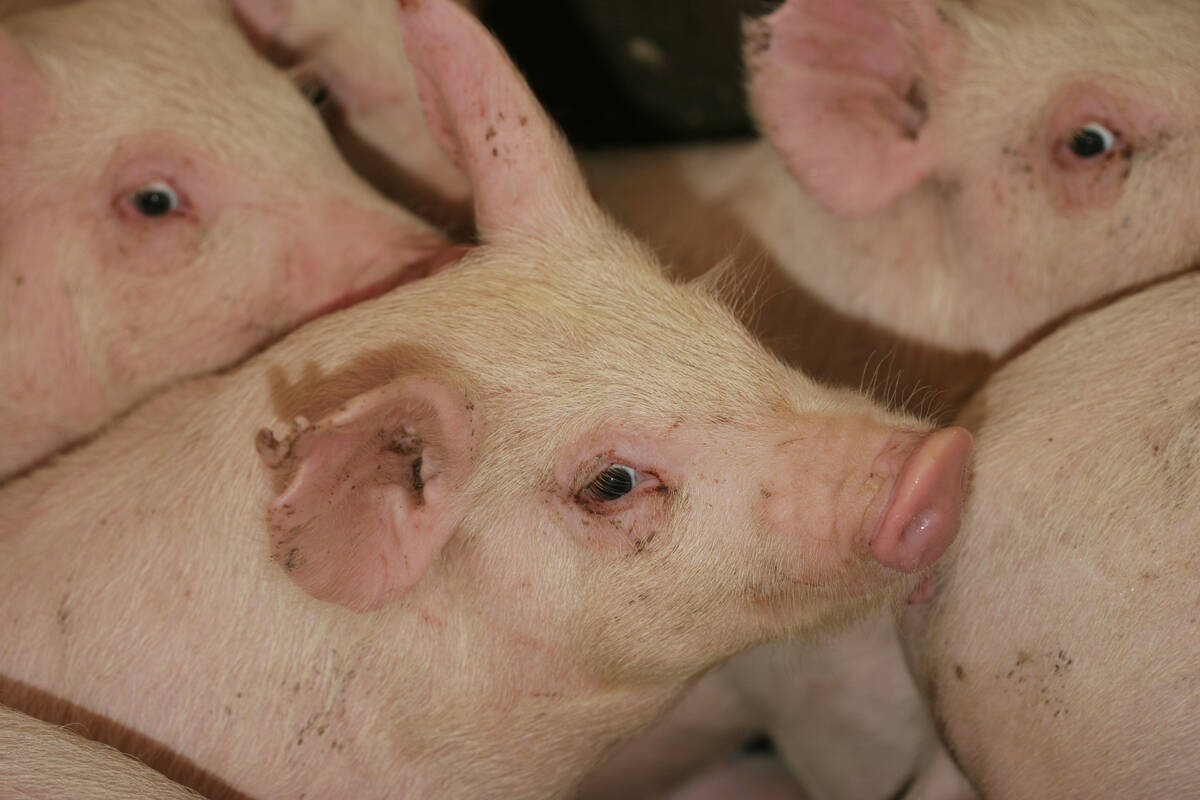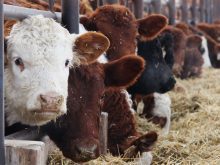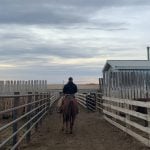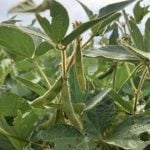From potato peels to Halloween pumpkins, Shirley Lupino will gladly take it all.
The Olds, Alta., College composting technician works with Mountainview Regional Waste Commission and the college to manage organic waste from households, farms and the campus.![]()
The composting centre has been operating since 1995 as a research facility, but it also accepts material from Mountainview County, which includes the towns of Olds, Didsbury, Carstairs, Sundre and Cremona.
Read Also

The Western Producer Livestock Report – September 25, 2025
The U.S. national live price average for barrows and gilts was $81.21 Sept. 17. It was $78.37 Sept. 9. U.S. hogs averaged $106.71 on a carcass basis Sept. 17, up from $106.10 Sept. 9.
Rural and urban residents receive 65-gallon green bins for their organic waste and black bins for other refuse. Lupino says it’s not easy to train people to sort their garbage.
“It takes time to change your habits and know what to do with it.”
Community acceptance and participation is growing, however. She says it also helps that the Grade 7 science curriculum in Alberta teaches composting and friendly environmental practices.
“We don’t all have to be scientists in keeping our world clean. Every little bit helps.”
Lupino says many people didn’t know what could be composted when the program started, and some still don’t – program workers still find glass, plastics and paper in the compost bins. While paper can be composted, it takes time to decompose and is more valuable as a recycled item.
Besides yard waste and vegetable scraps, the program also accepts dairy products, meat and fat because the college’s large windrow easily decomposes this kind of material and heats it well enough to break it down to humus.
Lupino also composts manure from the college feedlot and spreads it on the school’s farmland. Other material is sold to the public.
Compost production is a simple process that requires regular turning and temperature monitoring. The recipe relies on the correct balance of bacteria, oxygen, water and organic matter. Canadian winters can slow the process.
“In the fall when your piles start decomposing you make them bigger so when the top six inches freeze you still have a mass under there that keeps going,” she says.
A gauge similar to a giant meat thermometer ensures the temperature stays around 55 C. If the pile gets too hot, the bacteria can die and the process stops.
“If it goes lower than that you get anaerobic conditions which causes ammonia smell so you get methane coming off. Those are the bad odours,” Lupino says.
“Fifty-five is my magic number to kill salmonella and E. coli. If I turn it five times, I get the outside in and I can ensure it is mixed up enough that 55 degrees has touched all of them.”
Decomposition takes about six months from the time the raw material arrives until it is ready to be sold to the public as a crumbly, dark coloured material that looks like rich soil. All the product is tested for nutrients and potential residues.
The Canadian Compost Council and Alberta Environment regulate the program with specific regulations on windrow pad design and water drainage.
Alberta Environment conducts random pile audits, examines data on the number of turns performed and tests internal temperatures.
Composting pros and cons
Composting Pros
Saleable product
Compost is a marketable product. Gardeners, landscapers, farmers, sod producers and golf course operators will buy quality compost. Price depends on the local market, quality of compost and the raw materials used.
Destruction of pathogens
Pathogens are destroyed in a properly managed windrow if the temperature remains above 40 C for a minimum of two weeks.
Kills weed seeds
Windrows maintaining temperatures of 40 C for a minimum of two weeks destroy the viability of weed seeds.
Reduces mass and volume
Mass and volume of the manure is reduced when composted, primarily because of reduced moisture.
Improved transportability
The reduction in mass and volume increases the distance that land-applied nutrients can be hauled economically.
Soil conditioner
When added to soil, compost provides organic matter, reduces potential for soil erosion and reduces fertilizer requirements.
Improved handling
Composting reduces moisture content, which makes the final product easier to handle than manure. Compost does not have the odours or fly problems associated with raw manure.
Reduces odour
Composting releases ammonia that reduces the odour emitted. Compost is a stable product that is free from offensive odours.
Land application when convenient
Compost can be stored without odour or fly problems and can be applied to the land when convenient.
Improved nutrient qualities
Composting converts nitrogen to a stable form that is less susceptible to leaching. Composting high carbon-to-nitrogen ratio manure reduces the ratio, which allows the nitrogen to be immediately available to plants.
Decreases pollutants
Compost disposal is not a problem because it is in high demand. It can be transported farther distances, possibly out of an over-burdened watershed. Composting converts nitrogen into forms that are less likely to leach into the ground or be carried away by surface runoff.
Composting Cons
Loss of ammonia
Compost contains less than half the nitrogen of manure, but if manure is not incorporated into the soil it loses nitrogen to the atmosphere and may retain less nitrogen than the compost.
Time involved
Composting takes time to properly manage the windrows to produce quality compost.
Cost of equipment
Specialized windrow turners may be required, but they can be expensive.
Land required
The composting site and storage for finished product can use a considerable area of land.
Marketing required for sale
Money and time may be spent advertising, packaging and managing the business.
For more information contact: Virginia Nelson, E.I.T., 3000 College Drive South, Lethbridge, T1K 1L6, telephone 403-329-1212 or fax 403-328-5562. Virginia is an agricultural engineer-in-training and composting researcher at the AgTech Centre in Lethbridge.
Source: Olds College Composting Centre















